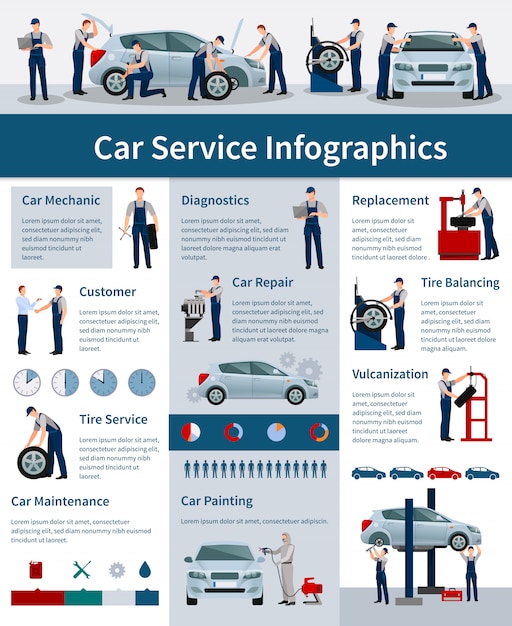Examining Your Auto'S Warning Indicators: What They Actually Communicate
Examining Your Auto'S Warning Indicators: What They Actually Communicate
Blog Article
Article Written By-Hartley Stark
When you're behind the wheel, those radiant warning lights on your dashboard can be a bit perplexing. Do you know what they're attempting to inform you concerning your automobile's health and wellness? Comprehending the importance of these lights is crucial for your safety and security and the durability of your automobile. So, the following time among those lights pops up, wouldn't you wish to decipher its message precisely and take the required actions to resolve it?
Common Caution Lights and Interpretations
Determine common warning lights in your automobile and recognize their significances to make certain secure driving.
The most typical caution lights include the check engine light, which signals concerns with the engine or emissions system. If this light begins, it's important to have your vehicle checked immediately.
The oil stress cautioning light indicates low oil pressure, calling for prompt focus to prevent engine damage.
A blinking battery light might suggest a malfunctioning charging system, possibly leaving you stranded otherwise resolved.
The tire stress surveillance system (TPMS) light alerts you to low tire stress, impacting lorry stability and fuel efficiency. Overlooking simply click the following page might cause risky driving conditions.
The abdominal light shows a trouble with the anti-lock braking system, endangering your capacity to quit quickly in emergency situations.
Finally, the coolant temperature level alerting light warns of engine getting too hot, which can result in extreme damage otherwise resolved swiftly.
Understanding these common warning lights will certainly aid you address issues immediately and preserve risk-free driving conditions.
Relevance of Prompt Attention
Recognizing the typical caution lights in your cars and truck is just the first step; the importance of quickly addressing these warnings can't be stressed sufficient to guarantee your security when traveling.
When a warning light illuminates on your dashboard, it's your auto's way of communicating a possible concern that needs interest. Neglecting https://cashqkfys.izrablog.com/31768337/the-future-of-auto-describing-emerging-trends-and-technologies-to-see can bring about a lot more severe issues in the future, jeopardizing your security and possibly costing you more in repairs.
Prompt interest to alerting lights can stop breakdowns and accidents. For example, a blinking check engine light can suggest a misfire that, if left unattended, might cause damage to the catalytic converter. Resolving this without delay can conserve you from an expensive repair service.
Similarly, a brake system warning light may signal reduced brake fluid or worn brake pads, crucial components for your security when driving.
DIY Troubleshooting Tips
If you discover a warning light on your dashboard, there are a few DIY fixing pointers you can attempt before seeking expert aid.
The primary step is to consult your cars and truck's handbook to comprehend what the certain caution light indicates. Often the issue can be as straightforward as a loosened gas cap causing the check engine light. Tightening up the gas cap might deal with the problem.
An additional usual concern is a reduced battery, which can cause numerous cautioning lights. Checking the battery links for deterioration and guaranteeing they're protected might repair the problem.
If a warning light lingers, you can try resetting it by disconnecting the car's battery for a few minutes and after that reconnecting it. Additionally, checking boat wash service , such as oil, coolant, and brake fluid, can assist fix warning lights related to these systems.
Final thought
Finally, understanding your vehicle's warning lights is necessary for keeping your automobile running smoothly and securely. By immediately resolving these signals and understanding what they suggest, you can prevent expensive repair work and prospective malfunctions.
Remember to consult your automobile's handbook for certain information on each advising light and do something about it accordingly to make sure a trouble-free driving experience.
Remain informed, stay secure when traveling!
